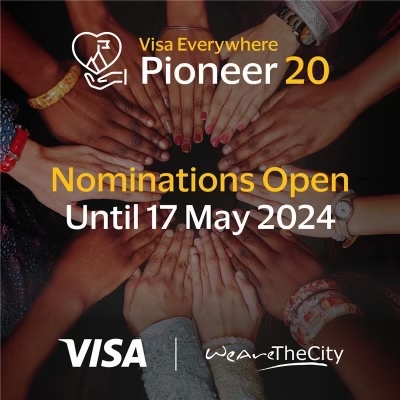Ambitious businesses are continually on the lookout for opportunities to grow and expand. Among the many growth strategies at their disposal, acquisitions continue to be a popular approach.
However, the success of an acquisition extends far beyond the realms of the topline financials to the ability to effectively integrate the two businesses together, with the aim that they become greater than the sum of their parts. Often overlooked, the effective integration of employees is increasingly being recognised as the key to success. This article explores integration from a people perspective, looking at the value of diversity and the steps that companies can take to connect employees, reduce anxiety and foster a shared culture.
The power of diversity
Acquisitions can fuel diversity and having a more diverse workforce is now recognised as a source of competitive advantage, with the ability to enhance creativity, innovation, and learning.
A 2021 report by McKinsey & Company also revealed a compelling link between diversity and financial performance, with companies that had more diverse executive teams being 36% more likely to achieve above-average profitability. On the flip side, organisations that failed to embrace diversity risked falling behind their competitors. This is further validated by a 2022 study by the Chartered Institute of Personnel Development, which highlighted that organisations with a diverse workforce were more likely to attract and retain top talent.
There’s a variety of initiatives that acquiring businesses can undertake to help foster relationships and promote cross-cultural understanding among employees, key stakeholders and leadership teams.
Enhanced communication
Open and transparent communication channels between leadership and employees helps to reduce uncertainty and anxiety during the integration period, as well as giving people a shared vision of the future. Obviously, not everything can be communicated all of the time, but keeping people as well-informed as possible via regular communications is vital for avoiding speculation and fostering a culture of inclusivity. Businesses need to ensure they use a variety of mediums as people prefer consuming information in different ways, so mix face-to-face with short video updates, written communications, including a regularly updated frequently asked questions document, and be mindful of using all the available communication channels.
There may also be tough questions that require honest answers, so both companies can be well prepared by having agreed on clear parameters around what they can and can’t share at different stages.
Networking
Acquisitions often bring together companies with different cultures, values and ways of working. Networking initiatives provide a platform for employees to connect, share experiences and develop a deeper understanding of their respective backgrounds, perspectives and working practices. This can be in the form of mutual mentoring, buddying programmes or more informal social events or interest-based clubs. This helps bridge cultural gaps, expedite working relationships and build an inclusive work environment.
Knowledge transfer
There are a number of things that companies can do to promote the exchange of knowledge and expertise among existing and new employees, including ‘share and learn’ events, project work or problem solving exercises, job shadowing and internal working groups. Learning at Work Week offers some great resources and inspiration on this front.
Sharing information, skills and ideas can help lead to innovative solutions, improved processes and enhanced competitiveness.
Team building
Team-building activities can help employees from both sides of the acquisition to bond and work together more effectively. Team members build trust and rapport by undertaking challenges and sharing achievements, so they are also very effective for increasing collaboration and helping to mitigate conflict. Team building activities can have a bit of a negative reputation, with research from Citrix showing that 31 percent of office workers say that they can’t stand them, so things like team volunteering days, fact finding trips or even setting up some kind of cross-company challenge league are all ways of injecting team building into the working day.
Success stories
Numerous UK-based companies have already recognised the power of bridging cultures following acquisitions. When Unilever acquired Ben & Jerry’s, they established a ‘Common Values’ team that included representatives from both companies. This team played a pivotal role in preserving Ben & Jerry’s unique culture while integrating it into Unilever’s operations.
Another notable example is BP’s acquisition of Amoco. From the very outset, the companies prioritized cultural integration and initiated a comprehensive leadership development programme that promoted cross-cultural understanding and collaboration.
People are at the core of every business, so as companies continue to leverage opportunities for growth and expansion through acquisitions, those who invest in building connections and relationships among their employees are more likely to reap the business rewards.
 About the author
About the author
Kasia Bardyga is a People Specialist at professional services company, Progeny. She provides advice and support to team members and managers across the organisation, as well as supporting a wide variety of HR-related projects. Kasia has a degree in politics, a Masters in management and has recently completed the CIPD Level 5 Diploma in HR Management.
Outside of work, Kasia spends most of her time with her daughter, Gabi, as well as enjoying reading and socialising with friends.








